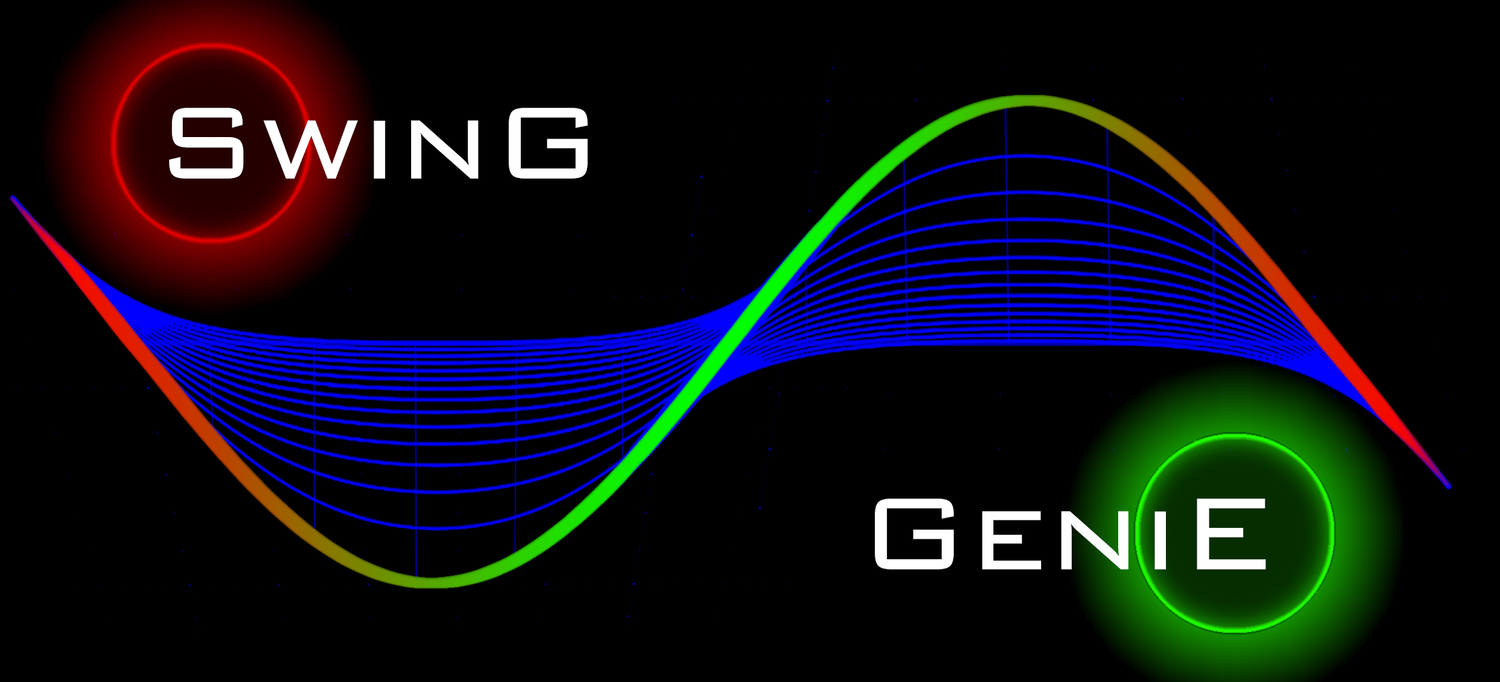JM Hurst developed a trading system (Hurst’s Cyclic Theory) to clearly display the cyclic harmonics that exist within multiple time frames. Hurst theories attempt to deconstruct the fractal hierarchy of an equity and determine alignments and convergences. He produced two books on this system in the 1970's and several books have been authored by individuals who were advocates of Hurst's published theories. Many trading message boards have threads on Hurst cycles with multiple descriptions of various methods to calculate, code and execute trades based on signals generated by these indicators. In addition, many institutions and hedge funds incorporate some version of Hurst cycles into their trading protocols and algorithms.
The primary principals of Hurst cycles are price moves in waves (See illustration above) that exhibit cyclic attributes based on their time scales. Although the concept may seem simple, the execution utilizing the lessons and incorporating the finer points from Hurst's second book, "Cycles Course," can be very difficult to correctly and profitably apply. Strong signals are generated by Hurst cycles when cycles of different lengths have peaks or troughs that converge.
There have been many different attempts at executing Hurst cycles as a Technical Indicator. Most of those attempts have been centered around displacing moving averages backward to center or align the different lengths so that the troughs and peaks align with the highs and lows of the current stock cycles or swings. This displacement is usually 1/2 of each of the moving average lengths utilized. This produces a setback of the active signal causing it to end many bars prior to the most current bar.
Because this ends the moving average indicators signals as many bars back as the displacement, no current or real time indication is provided. With prior cycles highs and lows as a guide, combined with the current trend, an artificial signal can be produced, projecting the indicator forward. This determines the current trend based on the last X number of price points in the chart starting where the indicators setback ends.
• Laguerre Hurst Cycles •
Swing•Genie Cycles incorporates Hurst cycles theories, but utilizes only two nested Laguerre moving filters. Laguerre moving filters have significantly less lag and the setback required is only three days/bars. These moving filters take as there inputs the highest high and the lowest lows for the two adjustable periods. The point of the indicator is to determine when a short term swing cycle harmonizes or aligns with a long term cycle, i.e., determining when the tops and bottoms of these cycles align. The default intervals utilized in Swing•Genie Cycles are short period of 5 days and the long period of 20 days. Each equity can have unique cycle lengths and the Swing•Genie Cycle Indicator allows you to change these parameters in the formatting/input pallets.







